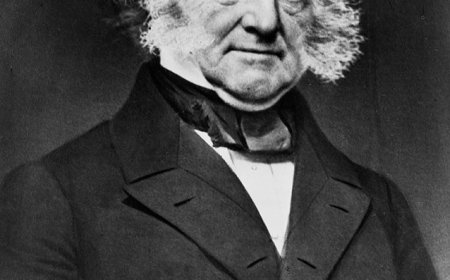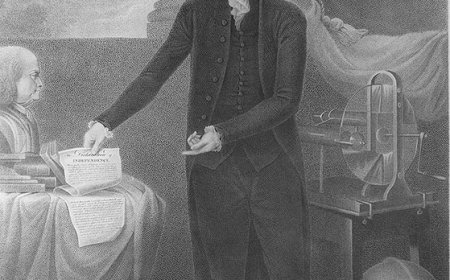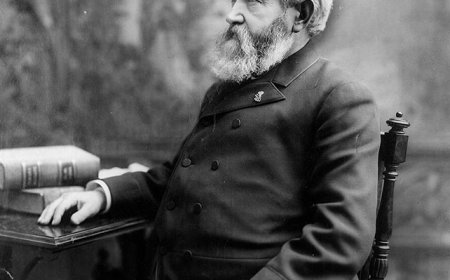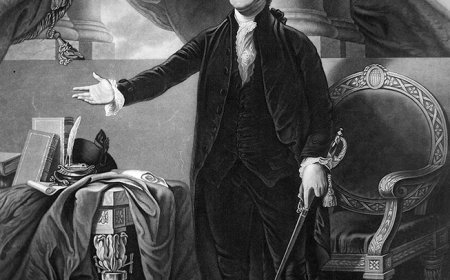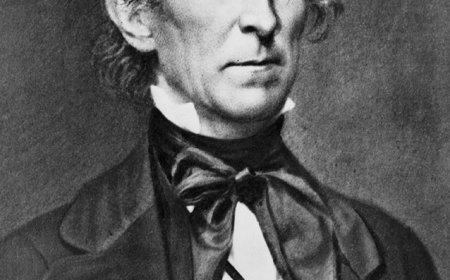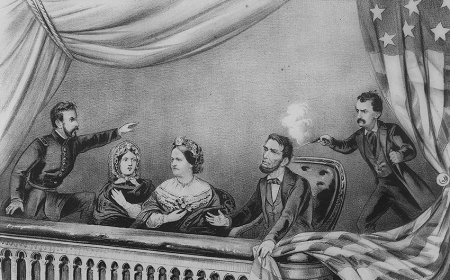Rutherford B. Hayes Biography for Students
Learn about Rutherford B. Hayes, the 19th President of the United States. Discover how he ended Reconstruction, reformed government jobs, and tried to unite a divided nation—plus vocabulary, fun facts, a quiz, and a kid-friendly summary
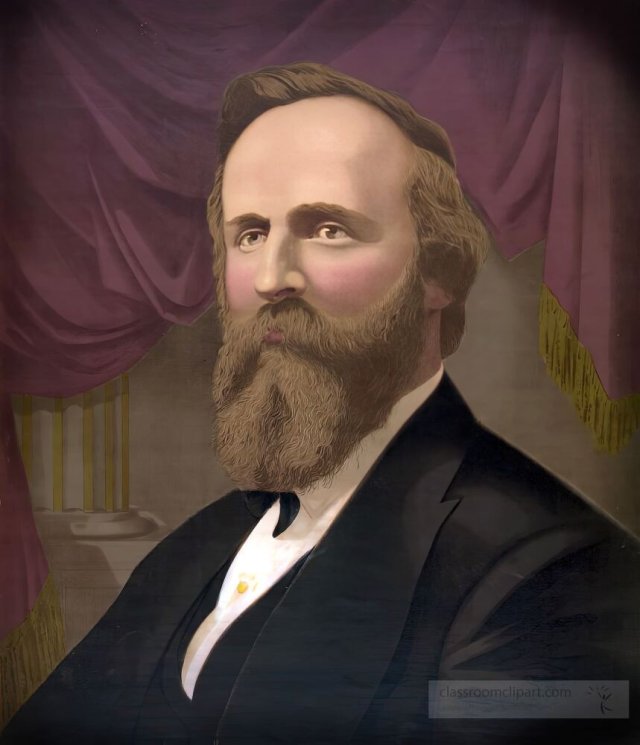
🇺🇸 Rutherford B. Hayes Biography for Students
🧭 Introduction
Rutherford B. Hayes was the 19th President of the United States, serving from 1877 to 1881. He became president after one of the most disputed elections in American history. Hayes is best known for ending Reconstruction—the period after the Civil War when the South was being rebuilt—and for fighting to reform government jobs. While his efforts helped reduce corruption, ending Reconstruction also made it harder for African Americans to keep their rights.
👶 Early Life and Education
Rutherford Birchard Hayes was born on October 4, 1822, in Delaware, Ohio. His father died before he was born, and he was raised by his mother and uncle. Hayes was a smart, hard-working student who later graduated from Kenyon College and Harvard Law School.
He became a lawyer in Ohio and later served as a major general in the Union Army during the Civil War. He was wounded several times and became a hero in his home state.
🏛 Political Career Before Presidency
Before becoming president, Hayes served as:
- City solicitor (lawyer) of Cincinnati
- U.S. Congressman
- Governor of Ohio (three terms)
Hayes was known for being honest, fair, and calm. He didn’t like political fighting and worked to bring people together. As a Republican, he supported civil rights and public education for all citizens.
🇺🇸 Election and Presidency Overview
Hayes ran for president in 1876 against Democrat Samuel J. Tilden. Tilden won the popular vote, but the electoral votes were disputed in several Southern states.
To settle the argument, a special committee made a deal known as the Compromise of 1877. In this agreement:
- Hayes would become president
- In return, he would remove federal troops from the South
Hayes became president, but many believed the deal betrayed African Americans, as the federal government would no longer protect their rights in the South.
⚖️ Domestic Policies and Civil Service Reform
During his presidency, Hayes focused on honesty in government. At the time, many people got government jobs just for being political friends, not because they were qualified. Hayes worked to end this “spoils system.”
Key actions during his presidency:
- Started civil service reform, which aimed to give government jobs to people based on skill
- Vetoed a bill that would pay veterans with silver money instead of gold, supporting a strong economy
- Fought corruption in government offices
- Tried to improve education and fairness in the South, though with limited success
Though Congress often blocked his efforts, Hayes helped lay the foundation for future reform.
⚔️ End of Reconstruction and Its Impact
One of Hayes’s most important—and controversial—decisions was to end Reconstruction. He:
- Removed the last federal troops from the South
- Let Southern leaders take control of their own governments
Many white Southern leaders then passed laws that limited voting rights, segregated schools, and discriminated against African Americans.
While Hayes believed ending Reconstruction would unite the country, it also led to a long period of racial injustice in the South, known as Jim Crow laws.
🌍 Foreign Policy and Global Relations
Hayes focused mostly on domestic issues, but he:
- Supported trade agreements with Latin America
- Worked to improve relations with China and protect Chinese immigrants
- Continued peaceful policies and avoided war
He also opposed a movement to take control of more overseas territories, believing the U.S. should focus on its own people first.
🧾 Legacy and Historical Impact
Rutherford B. Hayes is remembered for:
- Becoming president through the disputed election of 1876
- Ending Reconstruction, which weakened protections for Black Americans
- Starting civil service reform to reduce government corruption
- Being honest, careful, and calm during a difficult time in U.S. history
Historians today give Hayes mixed reviews—he helped clean up politics, but his decision to leave the South alone had long-lasting negative effects.
👨👩👧 Personal Life and Family
Hayes married Lucy Webb Hayes in 1852. She was known as “Lemonade Lucy” because she banned alcohol from the White House. They had eight children, and their family life was close and loving.
After leaving office, Hayes worked to improve education, prison reform, and equal rights. He died on January 17, 1893, at age 70.
💬 Famous Quotes
“He serves his party best who serves his country best.”
—Hayes believed the government should put the people first, not politics.
“Free government cannot long endure if property is largely in a few hands.”
—He believed in fairness and equality for working people.
💡 Interesting Facts About Rutherford B. Hayes
- He won one of the closest elections in U.S. history.
- His wife, Lucy, was the first college-educated First Lady.
- He was the first president to use a telephone in the White House.
- He never smoked or drank alcohol.
- After retiring, he helped support Black colleges and education.
📚 Vocabulary Words
| Word | Definition |
|---|---|
| Reconstruction | The time after the Civil War when the U.S. tried to rebuild the South |
| Civil Service Reform | Changing government jobs to be based on skill instead of politics |
| Electoral Vote | The vote that officially elects the president through the Electoral College |
| Compromise of 1877 | A deal that made Hayes president in exchange for ending Reconstruction |
| Jim Crow Laws | Laws that allowed racial segregation and unfair treatment in the South |
👧 Kid-Friendly Summary
Rutherford B. Hayes was the 19th president of the United States. He became president after a close election where people argued about who won. To settle the fight, Hayes made a deal to end Reconstruction, which meant the government stopped protecting African Americans in the South. He tried to make government more honest and fair, and he believed in helping people through education. After being president, he kept working to make America better. Some people think he helped, while others think he should have done more to protect people’s rights.
✅ Interactive Quiz
Q1: What number president was Rutherford B. Hayes?
A. 18th
B. 19th ✅
C. 20th
D. 21st
Q2: What major deal helped Hayes become president?
A. Missouri Compromise
B. Emancipation Proclamation
C. Compromise of 1877 ✅
D. Great Compromise
Q3: What did Hayes try to reform in government?
A. Taxes
B. Civil service jobs ✅
C. Railroads
D. The military
Q4: What happened after Reconstruction ended?
A. More states joined the Union
B. African Americans gained more rights
C. Jim Crow laws were created ✅
D. A new war began
Q5: What was Lucy Hayes known for?
A. Playing the piano
B. Reading law books
C. Leading peace talks
D. Not allowing alcohol at the White House ✅
Scoring:
5/5 = ⭐ Hayes History Hero
3–4 = 👍 Great Try
1–2 = 📘 Keep Reviewing!


















































